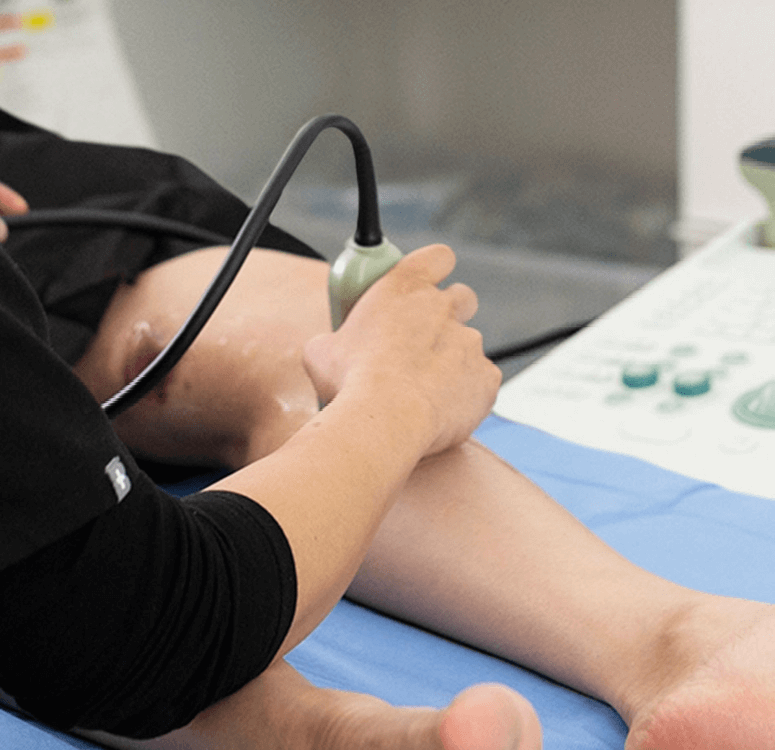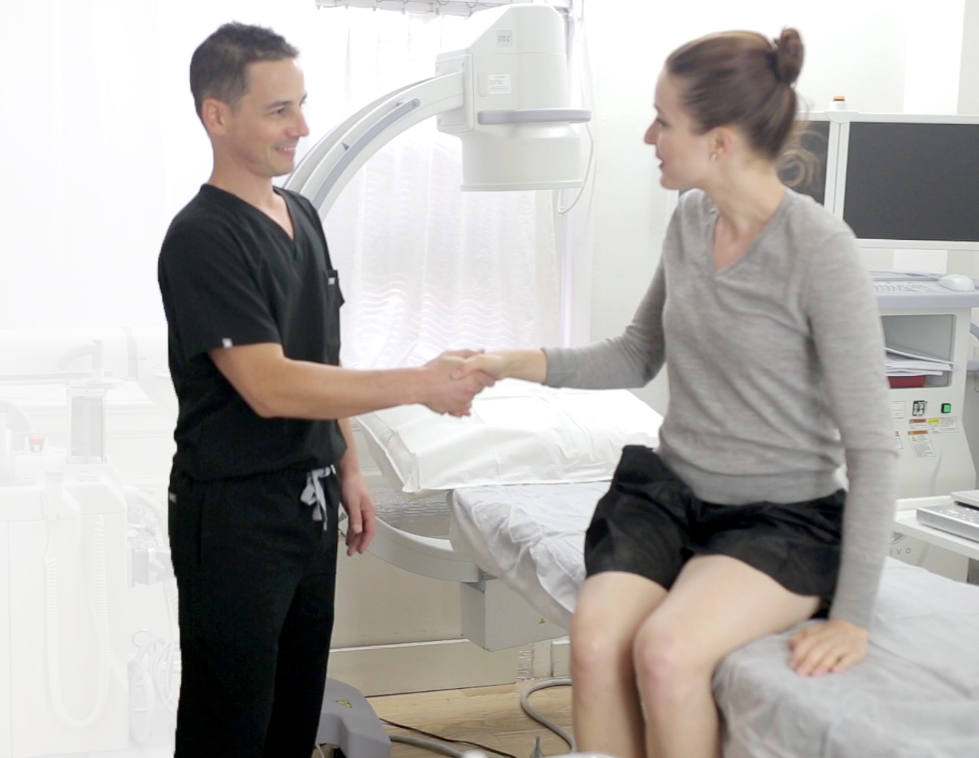Introduction
Spider veins are small, dilated blood vessels that look like a web or a spider's form close to the skin's surface and are also known as telangiectasia. The fact is that spider veins do not provide any harm or are not life-threatening diseases. A lot of people use this procedure to enhance their appearance or aesthetics for cosmetic reasons. Before beginning any treatment, you can also speak with a dermatologist; they will assist you in making an informed choice. Dermatologists are skin specialist who helps identify the severity of spider veins and guide your vascular specialist for further treatment or conditions.
Sometimes, many people get confused about what type of doctor treats varicose veins. There is no need to create confusion or doubts. Here is a straightforward answer. Medical professionals like vascular surgeons or phlebologists are specialists and well-experienced or trained in treating vein diseases.

A vascular surgeon or a phlebologist (a specialist in vein care) typically treats varicose veins. These medical professionals are trained to diagnose and manage vascular conditions, including varicose veins.
What Are the Common Causes of Spider Veins?
Spider veins can happen for various reasons, including hormonal imbalances, lifestyle changes, and family history. Excessive weight, pregnancy, prolonged sitting or standing in one place, and sunlight are common cause that enhances the chances of developing varicose veins.
Unlike varicose veins, Spider vein does not show any symptoms. They don't cause any pain or discomfort. Some people may deal with mild itching or burning sensation near affected areas.
Symptoms of Varicose Veins
You can detect spider veins in the early stages and seek medical care on time by knowing about the symptoms and common locations of occurrence that are discussed below:-
Visible Veins
Tiny, thin, and flat veins are noticeable on the skin's surface, one common symptom of spider veins. These veins have web-like patterns and are visible in red, blue, or purple.
Common Locations
Although spider veins can appear anywhere on the body, they often appear in the following locations:-
Legs
Spider veins are commonly found on the legs. They can also show up on the calves, ankles, or thighs.
Face
Spider veins may also develop on the nose, cheeks, and chin, the different areas of the face where spider veins are most likely to appear.
Foot and Ankles
The feet and ankles can also display spider veins.
Hands
Spider veins can also develop on the hands and fingers, albeit there are fewer chances.

What are the Risk Factors Connected with Spider Veins
Many risk factors are associated with spider veins, and there are more chances of developing spider veins.
- Genetic history plays a vital role in venous health conditions.
- Pregnant women
- Aging
- Prolonged sitting or standing
What Are Treatment Options For Spider Veins
You are lucky enough because various treatment options are available for treating spider veins. Sclerotherapy is a common procedure of treating vein disease in which a specialist injects a solution directly into the veins, which eventually causes them to collapse and fade. Another approach is laser therapy, which targets and destroys veins with concentrated light. Most patients tolerate these treatments well and experience little discomfort.
Many people are trying to figure out Does spider vein removal really work?
Spider vein removal treatments, such as sclerotherapy or laser therapy, can effectively reduce the appearance of spider veins. Consult with a qualified healthcare professional to explore your most suitable options.
Wrapping It Up
It is worth mentioning that always weigh the pros, cons, and risks before proceeding with the spider removal treatment. This guide will help you throughout the spider vein treatment journey.





Comments